In this tutorial you can learn how to get started with SARscape, beginning with a brief description and order instructions. You will learn how to process geocoded, calibrated, Multi Look Intensity (MLI) images from Single Look Complex (SLC) data.
SARscape is a commercial processing software for SAR data.
Under ‘related resources’ you find the TerraSAR-X sample data used in this tutorial, please make sure to download this data set with the tutorial.
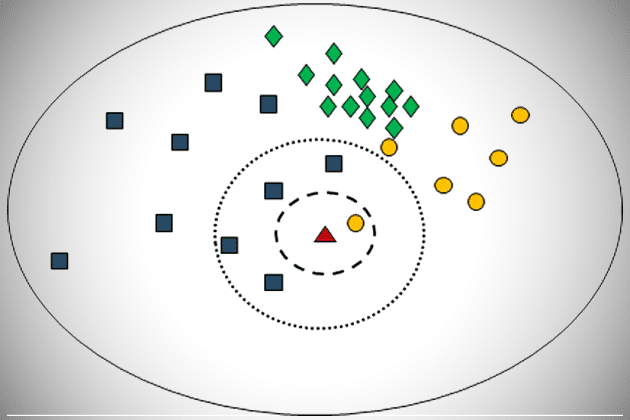 Unit
Unit 

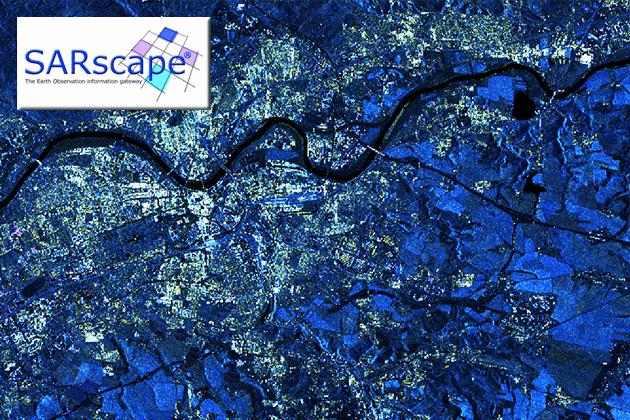
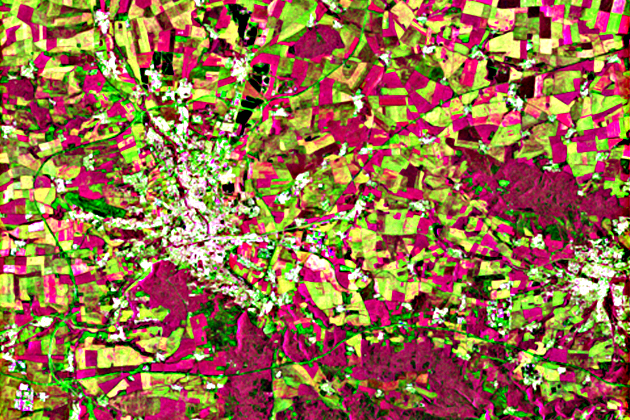
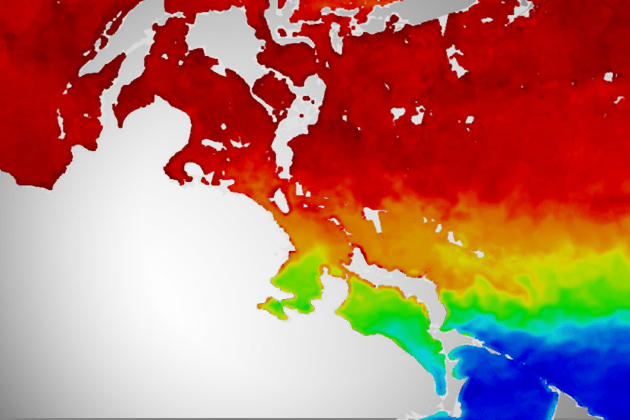

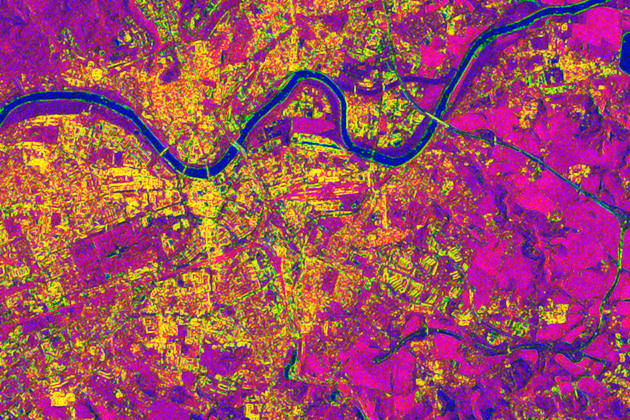
The pdf file is damaged
Hi Shadi,
sorry, I cannot replicate this error. Could you describe which problems you are experiencing?
Under ‘related resources’ you find the TerraSAR-X sample data used in this tutorial, please make sure to download this data set with the tutorial.
==========
did not find it.
how did you get the license for the software. Did you purchase it ?
Greetings! Tried to work on Sentinel-1 data with Envi/Sarscape but not sucessful in importing the data. Where did I go wrong?
Could it be the hardware am using?
Thank you,
nestor